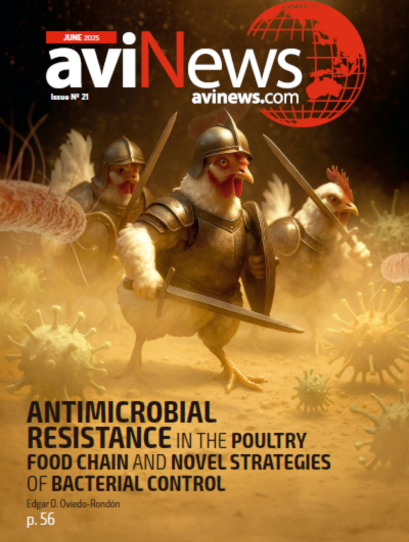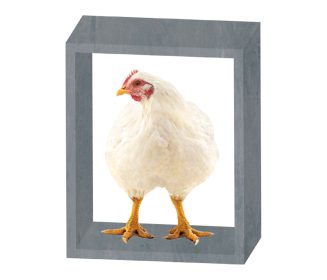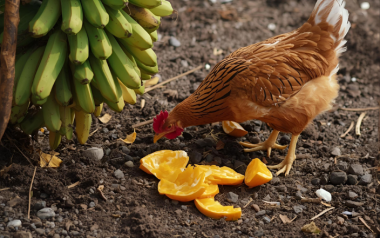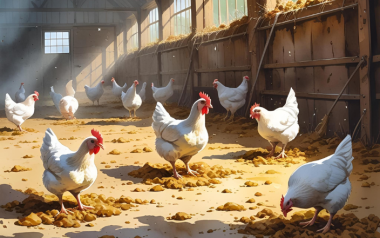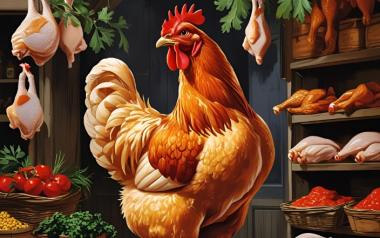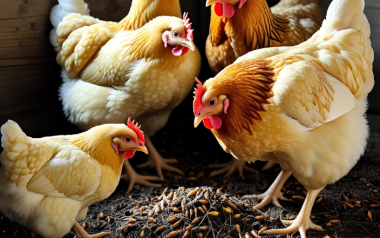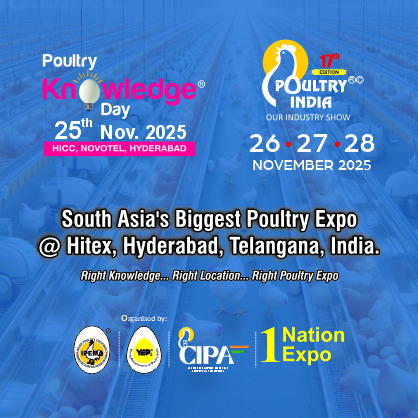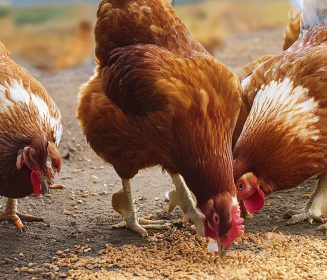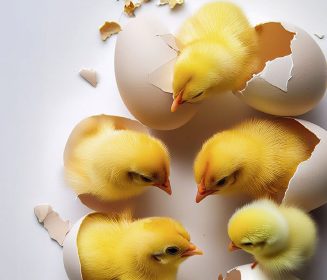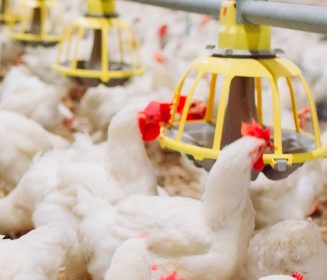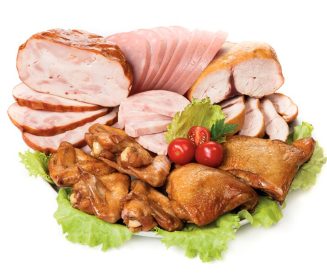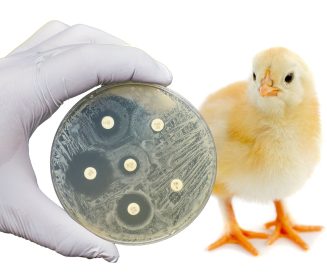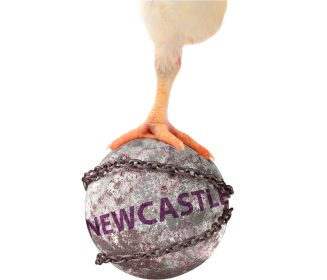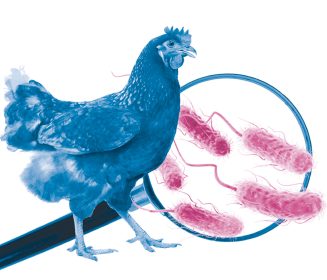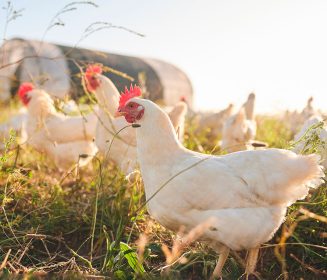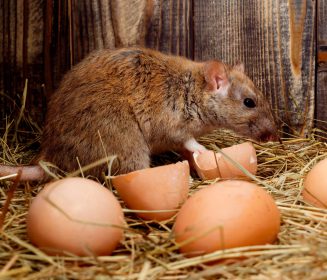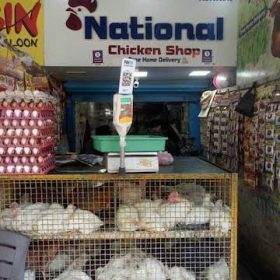
11 Apr 2025
Why India Must Transition from Live Bird Sales to Processed Chicken and How to Do It Right
90% of India's chicken is sold as live birds, through a fragmented network of local traders, mandi agents, and retailers. This leaves producers completely exposed to short-term demand shocks and regional price wars.
Why India Must Transition from Live Bird Sales to Processed Chicken and How to Do It Right
The Unseen Cost of Price Fluctuation
Poultry farmers and integrators live with constant uncertainty. One day, the live bird price is INR 100/kg; the next day, it’s INR 70. Despite careful planning and biosecurity, they find themselves at the mercy of a market without controls, hedging tools, or predictability.
This snake-and-ladder game isn’t just a minor inconvenience. For thousands of farmers and integrators, it means boom-or-bust cycles, mounting debt, and emotional distress.
Why does this happen? Because over 90% of India’s chicken is sold as live birds, through a fragmented network of local traders, mandi agents, and retailers. This leaves producers completely exposed to short-term demand shocks and regional price wars.

Trapped in the Wet Market Loop
Unlike dairy or eggs, chicken has never found its way into India’s formal, organized retail sector in a big way. The reasons are many:
Continue after advertising.
- A cultural preference for freshly cut meat.
- Lack of refrigerated storage at retail points.
- Informal supply chains run by live bird traders.
- Consumer skepticism about frozen or packaged meat.
This dependence on the wet market ecosystem has led to an industry that is technologically advanced at the backend (feed, genetics, hatcheries) but archaic at the point of sale.
Why Processed Chicken is the Only Way Forward
Processed chicken offers what live bird trading can never provide: control, hygiene, quality, traceability, and pricing power. When producers can cut, pack, chill or freeze, and distribute chicken through modern channels, they create value — not just for consumers, but for themselves.
Countries like Brazil and the US moved long ago to processed systems — enabling them to stabilize prices, control diseases, reduce waste, and expand exports. India is still playing catch-up, but the tide is turning.
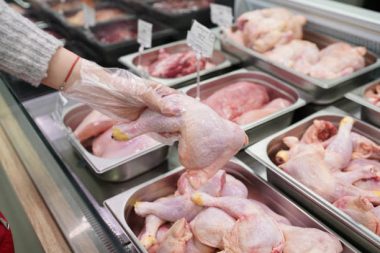
What About the Retailers and Traders
This is where caution — and compassion — are needed.
Lakhs of small traders, retailers, and butchers depend on the live bird system. They are not the problem; they are part of the ecosystem. The challenge is that the transition to processed chicken threatens their livelihood unless they are included in the solution.
If the industry turns its back on them, they will resist the change — and rightfully so.
Challenges in Scaling Up Processed Chicken
Even large integrators, who have invested in modern processing units, are unable to process more than a fraction of their total live bird production. Why?
- Processed chicken demand is still less than 10% of the total market.
- Cold chain infrastructure is limited to metro cities.
- Consumers remain price-sensitive and skeptical.
- There is no national processed chicken brand with mass appeal like Amul in Dairy.
This creates a bottleneck: plants exist, but markets don’t.
A Roadmap for Transition: Step-by-Step, Inclusive, Scalable
So how do we solve this? Not with revolutions, but with evolution. Here’s a phased roadmap:
- District-Level Processing Hubs
Establish small to mid-sized chicken processing plants in every district, owned by producers, integrators, and stakeholders.
- Shared Ownership Models
Encourage co-operatives (like Amul) or private limited companies with investor-farmer partnerships.
- Inclusion of Retailers
Train existing butchers and live bird retailers to run processed chicken outlets.
- Market Development
Launch nationwide campaigns to promote hygienic, processed chicken.
- Policy Support
Provide subsidies for cold chains, tax incentives, and simplified food safety licensing.
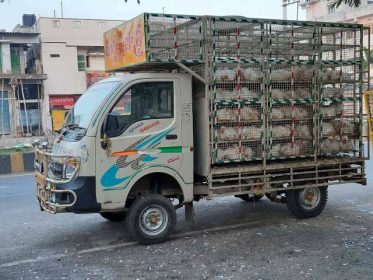
The Future is Processed, but the Path Must Be Humane
India cannot afford to let its poultry farmers suffer in silence any longer. Nor can it ignore the global demand for hygienic, traceable chicken. The live bird model is outdated — it’s time to build a new system that rewards producers, empowers retailers, and protects consumers.
But this must be done with empathy. Every stakeholder — from hatchery to handler, from trader to tech — must find a place in this new ecosystem.
The future isn’t about cutting out the old. It’s about carving space for everyone in a smarter, stronger, and safer poultry value chain.
Sources: Available upon request

